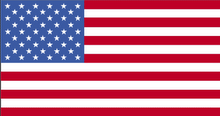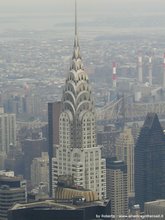New law improves safety for children
Automobile accidents happen. If a child is not properly secured, serious injury or even death can occur. That’s why New York State has extended the law that requires children to sit on a booster seat in a motor vehicle from age 6 to age 7. The new law will take effect on Nov. 24 (Ch. 405 of 2009).
Previously, the law required children ages 4-6 to use booster seats. Most 7-year-old children, however, are not big enough to be adequately secured by a vehicle’s lap and shoulder belt. Therefore, the law needed to be amended to include children under the age of 8.
Seat belts are designed to fit adults, not children. Seat belts are more effective for children in a booster seat because they raise a child up to an adult’s sitting height. Young children who only use seat belts, rather than booster or child-safety seats, are more likely to suffer life-threatening injuries in a crash, including severe damage to the brain, spleen, liver and spinal cord. According to the National Highway Traffic Safety Administration, booster seats reduce injury risk by 59 percent when compared to children who only use seat belts.1 In addition to preventing needless motor vehicle-related injuries in children, other benefits to using booster seats include:
- Convenience – Booster seats are typically lightweight and can be easily switched from one car to another with little effort.
- Easy to use – Since the booster seats are used with the vehicle lap and shoulder belts, some children enjoy buckling up themselves.
- Availability – Booster seats are easily found at most discount chain stores, baby product stores or child safety product Web sites.
- Enjoyment – Booster seats enable children to better see out of vehicle windows, which can make for a more pleasant ride.
- Comfort – Booster seats correctly position the lap and shoulder belt for a safer and more comfortable ride.
If you have any questions or concerns, please don’t hesitate to call me at (718) 366-6725 or e-mail me at millermg@assembly.state.ny.us. For more information on New York State’s occupant restraint law, visit www.nysgtsc.state.ny.us/. Also, contact my office for a pamphlet on child-safety seat awareness.




























